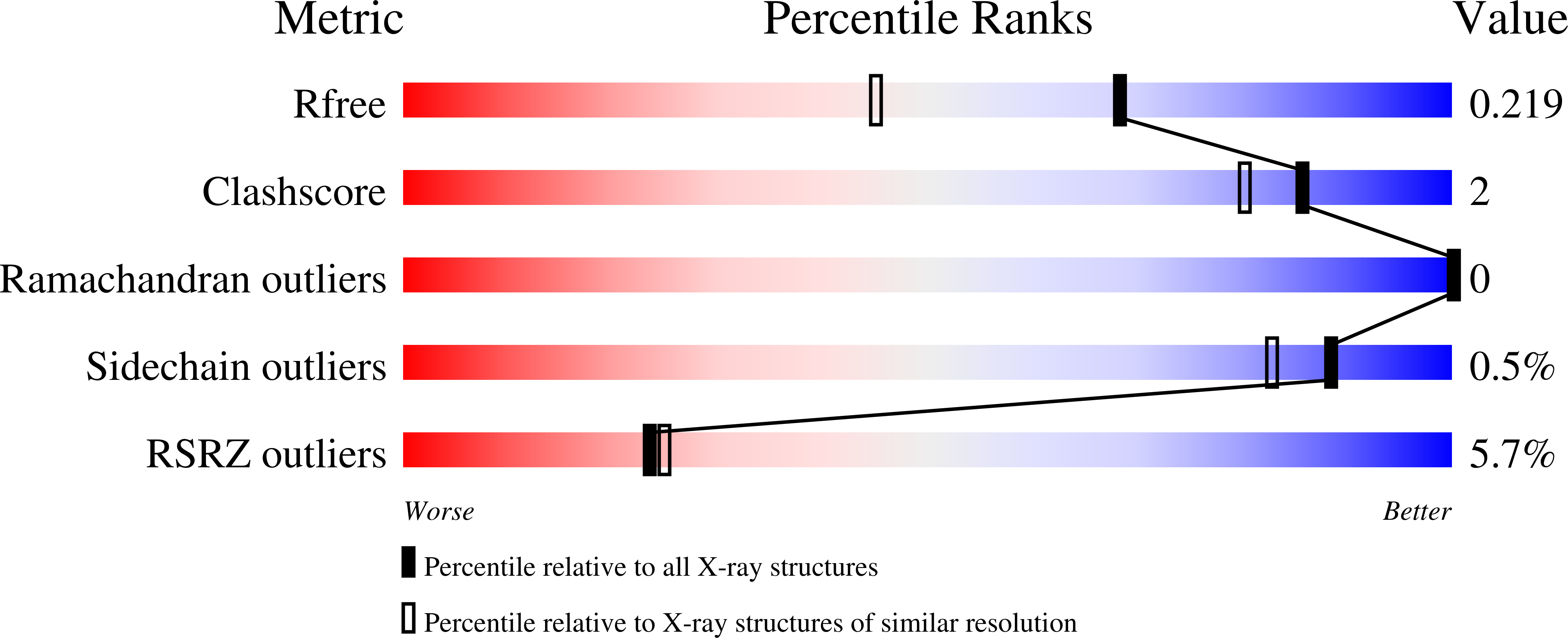
Deposition Date
2021-06-04
Release Date
2021-06-16
Last Version Date
2022-01-26
Entry Detail
PDB ID:
7N51
Keywords:
Title:
Structure of a bacterial gasdermin from Vitiosangium sp.
Biological Source:
Source Organism:
Vitiosangium sp. GDMCC 1.1324 (Taxon ID: 2138576)
Host Organism:
Method Details:
Experimental Method:
Resolution:
1.67 Å
R-Value Free:
0.21
R-Value Work:
0.19
R-Value Observed:
0.19
Space Group:
P 63 2 2


